Climate and Energy Summit 2025
Next event In person & livestreamed
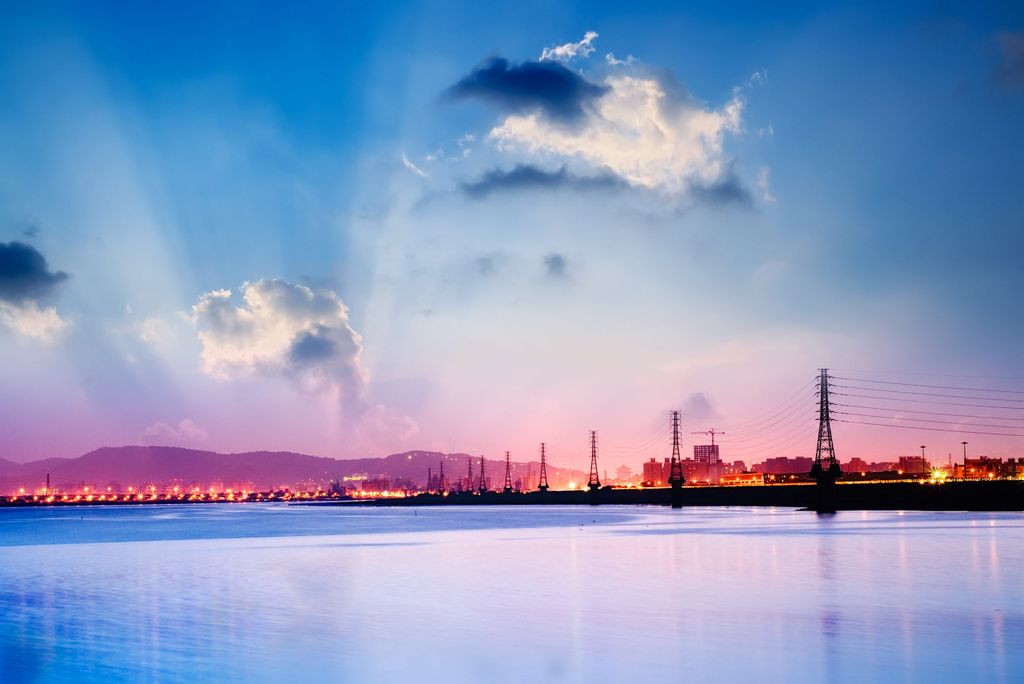
- Area of Expertise
- Climate, Energy & Natural Resources
Climate, Energy & Natural Resources

Former Prime Minister of Denmark
With EU leaders having set an October deadline to agree on climate and energy targets for 2030, Europe faces a moment of truth for its economy and the global environnement. “Green Realism”, and not populism, must drive a transition toward a low-emission society, with a focus on competitiveness and growth.
Green Realism has shown itself viable and profitable in Denmark, which can serve as a model for the rest of Europe if the EU can establish a true single market for energy with an EU-wide energy grid, create a true market for CO2 under the Emissions Trading System (ETS), boost efficiency, and establish tough goals to cut CO2, giving companies the predictability they need to invest. Easier to say than politically done – a challenge to the new EU leadership.
Can the EU lead?
In 2009, the EU set ambitious and binding climate and energy targets with the so-called “20-20-20” targets. While it looks like we will achieve our goal of reducing greenhouse gas emissions by 20% from 1990 levels, it is uncertain whether we will achieve our goals regarding increasing renewable energy and energy efficiency by 20%. Common European goals for 2030 will send an important message to the international community that the EU is prepared to assume the necessary responsibility in the effort to achieve a global climate change agreement by 2015.
The Danish model
From a narrow Danish perspective, it is in our interests that the EU adopts climate and energy goals for 2030 that are as ambitious as possible Since the late 1970s, Denmark’s economy has grown by almost 80%, while energy consumption has remained practically constant and CO2 emissions have been reduced.
This development has been a good advertisement for Denmark and for our companies that are some of the world’s best at producing climate-friendly energy technology. It is estimated that approximately 22,000 companies in Denmark produce and sell at least one green product, generating some 100,000 jobs. From 2012 to 2013, Denmark’s exports of green energy technology to other EU member states increased by almost 30%. In other words, the EU is a very attractive market for Danish clean-tech companies.
Denmark has set some far-reaching climate and energy policy targets up to 2020, including a target of reducing greenhouse gas emissions by 34% by 2020 compared with 1990. This initiative only makes sense if the rest of the EU follows suit.
What’s in it for the EU?
It is in the interest of the EU as such to step up the green transition. Today, the EU imports more than half of its energy supply, which makes us vulnerable and puts our energy security at risk. In addition, imports of energy from other countries run into hundreds of billions of euros every year. Just imagine if that money could be spent on creating European jobs.
When formulating policies in the Liberal Party, we ask ourselves will it cost or create jobs, will it cost or create sustainable prosperity, and will it ensure or erode future welfare? It is also on these scales that the EU climate and energy policy should be weighed.
Recent developments in global energy markets have moved in a direction and at a speed that were difficult to predict. The shale gas revolution in North America will, by all accounts, completely change the picture of which countries import energy and which export it. The price differentials of energy will also remain high across regions and continents, with European businesses and consumers paying by far the highest rates.
The framework for the EU common climate and energy policy up to 2030 will therefore have an enormous impact on the EU’s competitiveness vis-à-vis countries like the U.S., Russia and China. The EU should continue to be green, however, we should not do this at any price by imposing on ourselves far-reaching targets and high energy taxes that will jeopardise competitiveness, growth and jobs.
“Green Realism”: three tasks for Europe
My party and I call the answer to this problem “Green Realism”, which means we should focus on more economically sustainable technologies that can supply green electricity at a reasonable price to households and companies. Furthermore, we must become better at using energy more efficiently. After all, the cheapest energy is the energy we do not use. To succeed, we need to undertake three major tasks.
-First, the ambitions of an internal energy market must be realised. Monopolies must be broken up and the European markets coupled together with energy highways for electricity and gas so as to enable us to use our energy optimally. An example of this is enabling northern Europe to sell surplus wind energy to southern Europe while receiving solar energy from southern Europe when there is no wind in northern Europe.
-Second, the EU must reform the EU emissions trading system (ETS) to ensure that it functions as a real market with a price for companies’ CO2 usage. Harmonisation should occur between member states’ various green energy support schemes. In the longer term, national support schemes must be phased out altogether because at present, the support schemes distort competition and trigger a race for subsidies.
-Third, the EU must adopt long-term goals for CO2 reduction, renewable energy and energy efficiency. Current EU goals expire in 2020, which means that investors and the business community will not be able to plan without investment risks as they do not know the political framework of the future.
With “Green Realism”, we stand a better chance of striking the right balance between the level of ambition and the level of cost in the EU’s climate and energy policy with a view to ensure jobs, strengthening competitiveness and ensuring welfare in the EU.
Next event In person & livestreamed

Past event In person & livestreamed
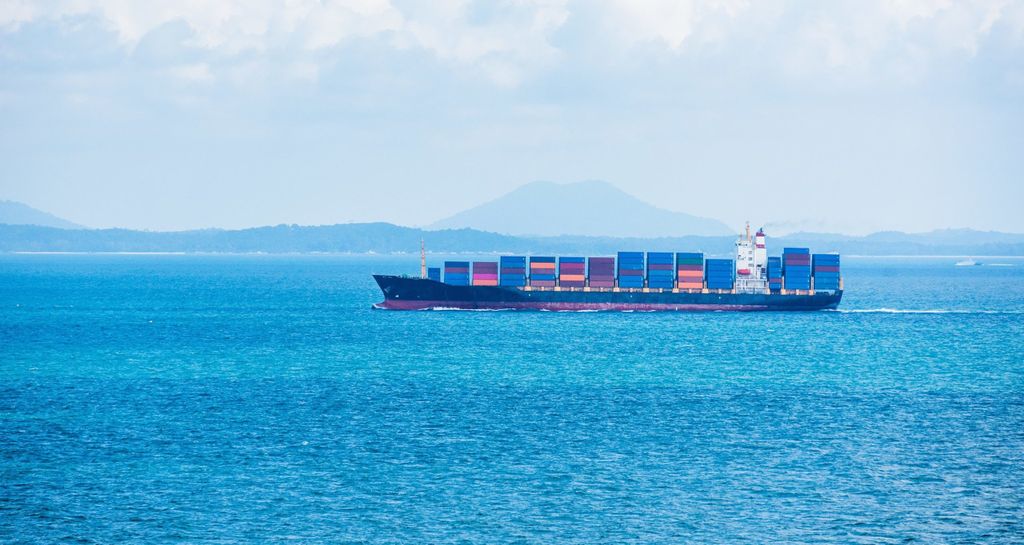
Past event In person & livestreamed
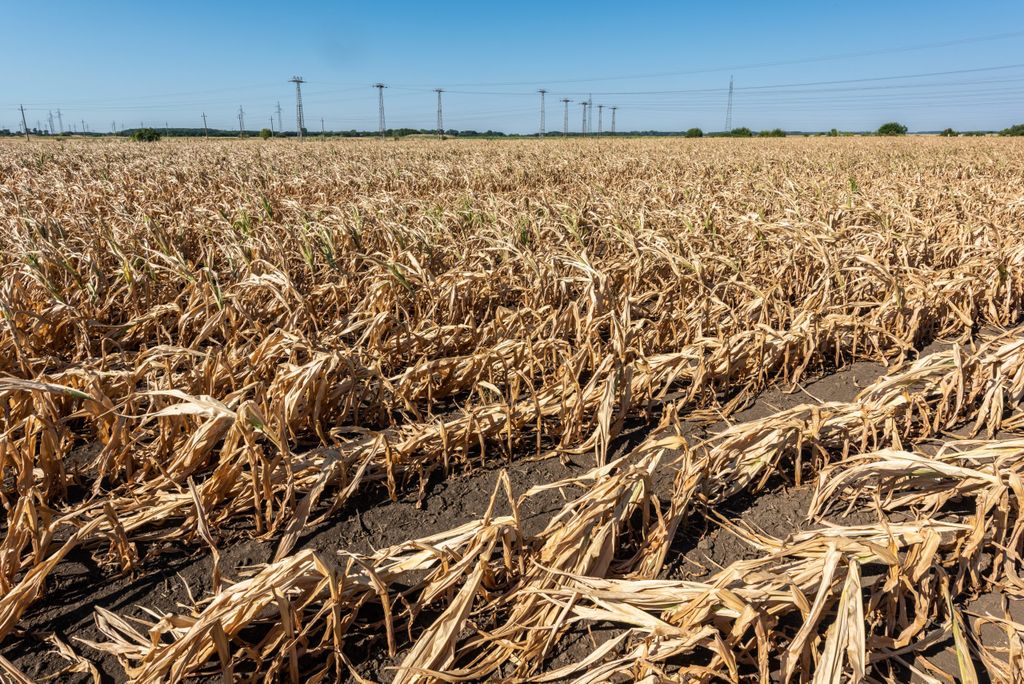
Past event In person & Livestreamed
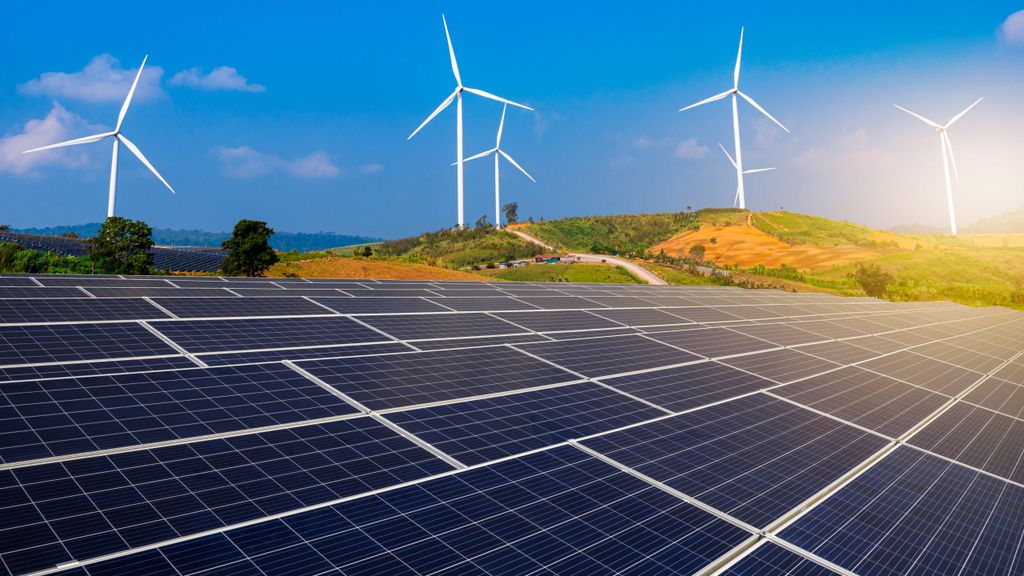
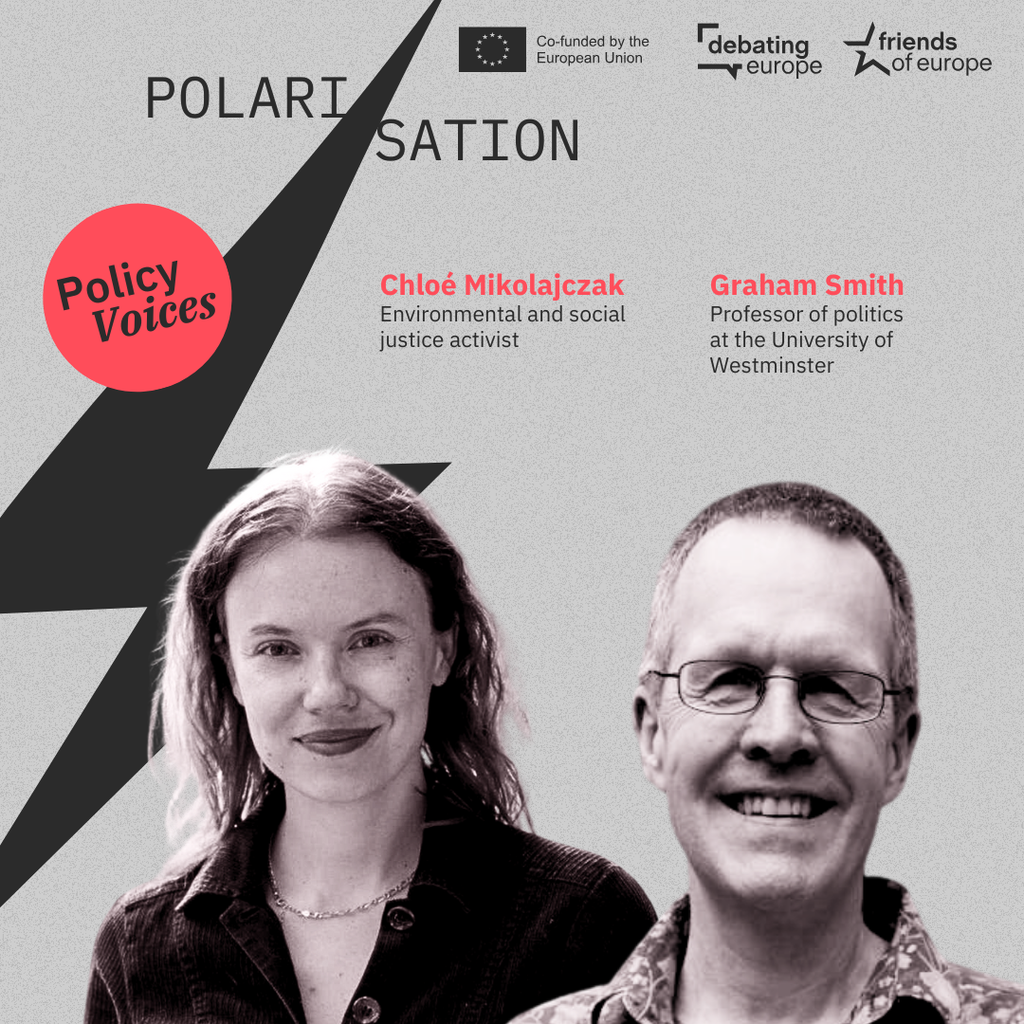

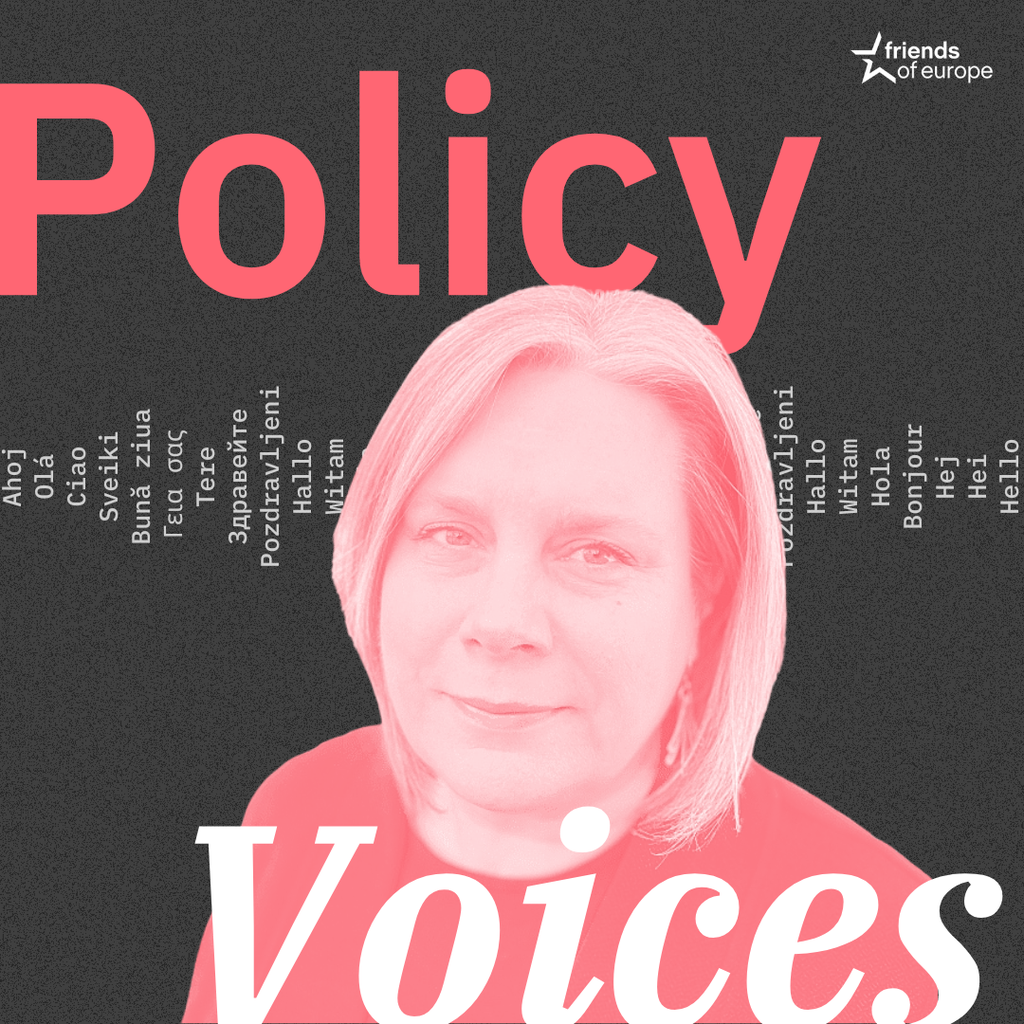
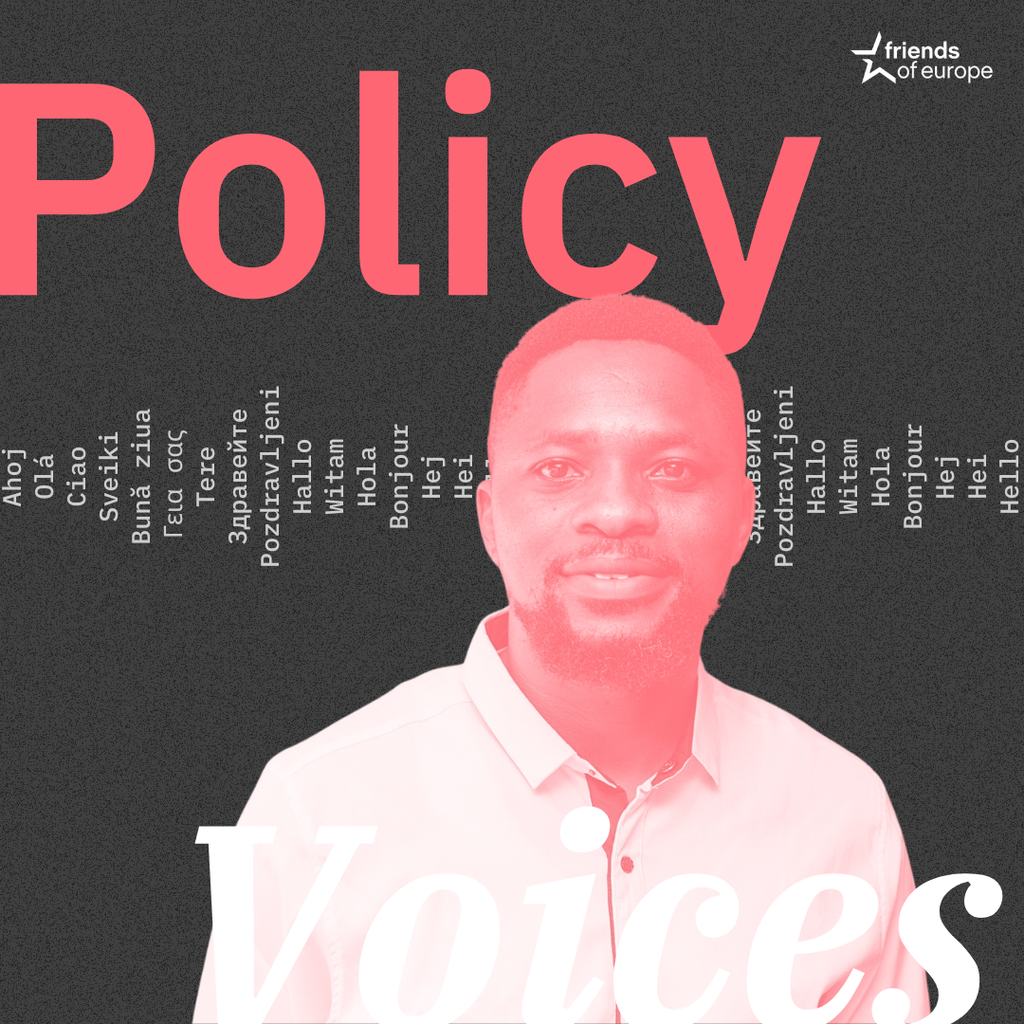
Stay informed
We use cookies and similar technologies to adjust your preferences, analyze traffic and measure the effectiveness of our campaigns. Learn more about our privacy policy.